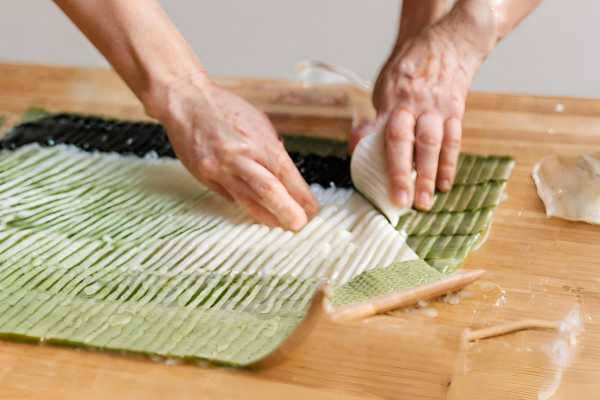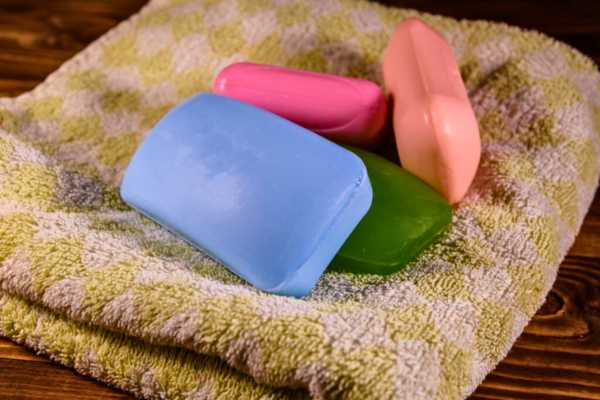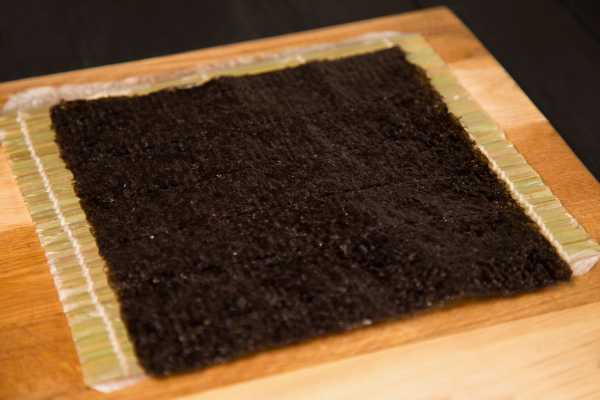Wash a sushi mat is an essential task to maintain its longevity and prevent any bacterial build-up. A sushi mat, or makisu, is a traditional Japanese tool used to make sushi rolls, requiring special cleaning care. Made primarily of bamboo, it features delicate bamboo sticks tied together with string. Despite its intricate design, The cleaning process for a sushi mat is relatively simple and straightforward, provided you follow the correct steps. This article aims to guide you through the process of properly washing A sushi mat to ensure it remains hygienic, functional, And ready to create your favorite sushi delicacies.
Understanding Sushi Mats
A sushi mat, also known as a makisu in Japan, is an indispensable tool in the preparation of sushi, a globally beloved culinary art form. This mat is typically made from slender, supple bamboo sticks with cotton or nylon string, designed to yield the signature cylinder shape of sushi rolls. By providing a firm, rollable surface, sushi mats enable the precise rolling and compacting of sushi ingredients – a balance of rice, seaweed, fish, and vegetables – into a tight roll that can then be sliced into bite-sized pieces. Careful maintenance of these mats is vital for their longevity and to ensure food safety, given the raw ingredients often involved in sushi making. Understanding your sushi mat’s construction and purpose will not only improve your sushi-making skills but also aid in its proper care and cleaning.
Why Clean Your Sushi Mat?
Cleaning your sushi mat is crucial for several reasons. First and foremost, It’s A Matter Of hygiene and food safety. Given that sushi often incorporates raw ingredients, any residue left on the mat can become a breeding ground for bacteria, posing potential health risks. Regular cleaning also helps to maintain the mat’s functionality and longevity. Sushi rice, due to its sticky nature, can get lodged between the bamboo sticks, making the mat difficult to roll and possibly deforming its shape over time. Moreover, cleaning is essential for preserving the aesthetic appeal of your sushi. Leftover particles can stick to your fresh sushi, impacting its presentation. Therefore, regularly and properly cleaning your sushi mat ensures you can continually create delicious, safe, and beautifully presented sushi.
Frequency Of Washing
The frequency of washing your sushi mat largely depends on how often you use it. As a general rule, it’s advisable to clean the mat after each use to prevent bacterial growth and food residue accumulation. Remember, sushi often includes raw ingredients, and these can leave traces that might contaminate future rolls if not properly cleaned. Additionally, the sticky nature of sushi rice means that it can easily become lodged within the bamboo sticks and strings of the mat, leading to a gradual degradation of its structure and functionality over time. Therefore, the best practice is to wash your sushi mat immediately after each use to maintain its cleanliness, and longevity, and ensure the consistent quality of your sushi rolls.
Preparation Before Cleaning
- Allow the mat to cool down if it has been used recently. This prevents warping or cracking due to sudden temperature changes.
- Gently shake or tap the sushi mat against your kitchen countertop to dislodge any large, visible pieces of food residue.
- For stubborn particles lodged between the bamboo sticks, use a toothpick or skewer to gently remove them. Be cautious not to damage the bamboo sticks or strings in the process.
- Always handle the sushi mat with care to avoid disturbing its structure.
- Once all visible food residue is removed, you’re ready to start the actual cleaning process.
Step-By-Step Guide To Clean Sushi Mats
Step 1. Wetting The Sushi Mat

The first step in cleaning your sushi mat is to wet it thoroughly. Run it under warm, not hot, water. Hot water could potentially cause the bamboo to warp. Make sure every part of the mat is wet, paying close attention to the strings tying the bamboo sticks together, as these areas can often harbor residue. Wetting the mat helps to loosen any stuck particles and makes the cleaning process more effective.
Step 2. Applying Soap

After you’ve thoroughly wet the sushi mat, it’s time to apply soap. Use a mild dish soap, avoiding any with harsh chemicals that might damage the mat or leave a residue that could affect the taste of your sushi. Spread a small amount of the soap over the mat. A dishcloth or soft sponge can help distribute the soap evenly across the surface and into the crevices of the mat.
Step 3. Scrubbing The Mat

Once the soap is applied, you’ll need to scrub the mat gently. You can use a soft brush or a cloth for this task, taking care to reach all the areas between the bamboo sticks. Don’t scrub too hard, as you could risk damaging the bamboo or dislodging the strings. Use a circular motion to clean the surface thoroughly, and ensure the soap penetrates all the crevices. This will help to remove any stubborn particles and eliminate any bacterial presence.
Step 4. Rinsing Off The Soap

After scrubbing the sushi mat, it’s important to thoroughly rinse off the soap. Run the mat under warm water, ensuring that the water reaches all the nooks And crannies. Be careful to rinse all parts of the mat, including the undersides and edges, as leftover soap can leave an unpleasant taste and may damage the bamboo over time. Continue rinsing until there are no soap bubbles left on the mat.
Step 5. Drying The Mat

Proper drying is crucial in the cleaning process to prevent the growth of mold or mildew. Start by shaking off any excess water. Then, pat the mat dry with A clean towel to absorb as much moisture As possible. After patting dry, allow the mat to air dry completely. Position it in A well-ventilated area, Preferably standing upright to allow air to circulate around it. Make sure it’s completely dry before storing it To prevent any bacterial growth. Avoid using a dryer or drying it in direct sunlight as the intense heat can warp the bamboo sticks.
Pro Tips For Cleaning Sushi Mats
Cleaning your sushi mat efficiently requires some expertise. Here are a few professional tips to help you:
- Avoid Soaking: While it might be tempting to soak the mat to remove stubborn food residue, avoid doing so. Soaking could soften and warp the bamboo sticks and potentially damage the strings.
- Use a Toothbrush: For stubborn particles stuck between the bamboo sticks, a soft toothbrush can be very effective. It provides the perfect bristle stiffness and size to clean these tricky areas without causing damage.
- Vinegar Solution: If you’re worried about potential bacteria, a vinegar solution can help disinfect the mat. Simply mix equal parts of white vinegar and warm water and use this solution to rinse the mat after washing. However, be sure to rinse the mat thoroughly afterward to remove any vinegar smell.
- Prompt Cleaning: Try to clean your mat as soon as possible after using it. The longer the sushi rice and other residues stay on the mat, the harder they are to remove.
- Storage: Store your mat in a dry, well-ventilated area to prevent the growth Of mold or mildew. Make sure it’s rolled with the strings on the outside to keep its shape.
- Regular Replacement: No matter how well you clean and care for your sushi mat, it won’t last forever. Depending on the frequency of use, consider replacing it every few months to ensure hygiene and optimum functionality.
Sushi Mat Maintenance Tips
Maintaining a sushi mat involves more than just cleaning. Proper handling, usage, and storage all contribute to its longevity and effectiveness. Here are some helpful tips for maintaining your sushi mat:
- Avoid Rough Handling: The bamboo sticks and strings of a sushi mat are quite delicate. Always unroll and roll up the mat gently to avoid damaging it. Also, be careful not to press too hard when using it to roll sushi.
- Use Plastic Wrap: Consider wrapping your sushi mat in plastic wrap before use, especially when making uramaki (inside-out rolls) where the rice is on the outside. This prevents the sticky rice from getting into the crevices of the mat and makes cleaning easier.
- Dry Properly: Ensure that the mat is completely dry before storing it. Any remaining moisture can lead to mold or mildew. Store it in A dry, well-ventilated place.
- Keep Away from Extreme Temperatures: Bamboo is susceptible to damage from extreme temperatures. Avoid placing your sushi mat near a stove, oven, or in direct sunlight.
- Regular Inspections: Regularly check your mat for any signs of wear and tear. Look for any mold, loose strings, or warping of the bamboo. If any of these signs appear, it’s time to replace your sushi mat.
- Don’t Use for Other Purposes: A sushi mat is designed specifically for making sushi rolls. Using it for other purposes could damage it or reduce its effectiveness.
The Final Thoughts
Properly washing and maintaining your sushi mat is crucial for both food safety and the longevity of the tool. This involves careful cleaning after each use, starting with the removal of food residues, followed by gentle scrubbing with mild soap, thorough rinsing, and complete drying. Extra precautions, like avoiding soaking, prompt cleaning, and utilizing a vinegar solution for disinfection, can further enhance the mat’s cleanliness. Proper storage in a dry, well-ventilated area, and timely replacement, add to its lifespan. Remember, a clean and well-maintained sushi mat contributes significantly to the taste, texture, and aesthetic appeal of your sushi, making every sushi-making session an enjoyable culinary experience.
